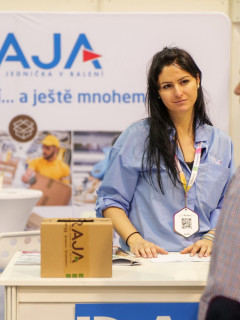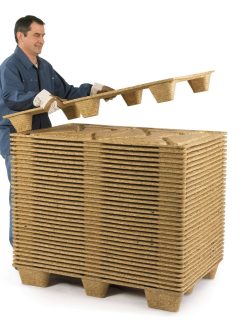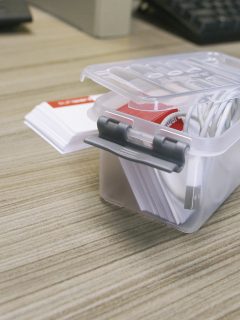For manufacturers who need to wrap their products in foil bags, a foil welder is an invaluable tool. It allows you to quickly and easily wrap any product to protect it from moisture, dust or simple rolling.
What are the advantages of a welding machine?
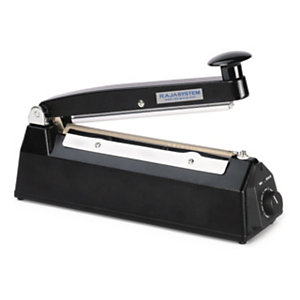 What are the differences between benchtop and magnetic welders? Basically, the two are no different in weld quality, expected life and performance when used correctly. Still, there is some difference, in short:
What are the differences between benchtop and magnetic welders? Basically, the two are no different in weld quality, expected life and performance when used correctly. Still, there is some difference, in short:
Cost-effective benchtop welders are prone to operational errors. This is because in benchtop welders, the welding arm is manually compressed after the foil is inserted – and thus the welding time begins. When the indicator light is switched off, the welding process is finished – but not the cooling time! And it is at this point that the most common errors occur after the pressure is released: If the arm is directly lifted without waiting for the cooling time and the foil is immediately removed, the weld is not ideal. (picture)
Tip: Place the benchtop welder on the table perpendicular to you, not horizontally in front of you. This way less clamping force is required and will increase working time. (picture)
What is a magnetic welder?
In a magnetic welder, the welding arm is automatically lowered by light pressure and then released. The machine regulates its own welding and cooling time (according to pre-set adjustments on the controller) and raises the welding arm itself when the welding process is complete. Thus, even after the 100th welding process, consistent results can be expected, because this machine always works at the optimum pressure and with the optimum welding and cooling time.
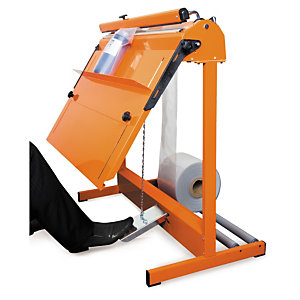 Do I need a foot pedal?
Do I need a foot pedal?
Afoot pedal is very convenient especially when welding larger bags. While both hands are free after fixing the foil to the fusible wire (thus preventing the foil from slipping), you control the welding arm comfortably with the foot pedal.
How does the welder work?
With the help of electricity, the welder produces heat. The electric current passes through the fusible wire, which heats up depending on the resistance. That is why very high-quality devices have copper platelets at both ends of the fusible wire. The copper hardly heats up as a conductor, while the aluminium fusible wire provides resistance and thus heats up strongly. The heat generated “seals” the foils together and the bag or sack is sealed or bonded at this point. The copper plies ensure that the foil can be easily separated from the fusible wire without being ‘torn off’.
Pulse welders – pulse in the right direction
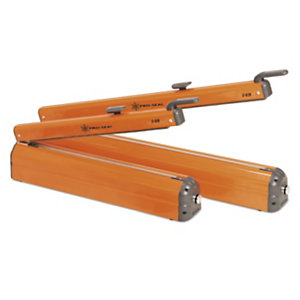 Whereas in older generations of machines the fusible wire was continuously heated, so-called contact or impulse welders only produce heat when both parts of the welding arms are compressed – i.e. only on contact. This greatly reduces the risk of injury (in the open state of the welding arm, the fusible wire can be touched without fear of burning!), and increases efficiency (the electric current only passes through when it is actually needed for welding, thus also protecting the welding parts from wear and tear). Another advantage: The waiting time of several minutes needed to warm up the machine is eliminated.
Whereas in older generations of machines the fusible wire was continuously heated, so-called contact or impulse welders only produce heat when both parts of the welding arms are compressed – i.e. only on contact. This greatly reduces the risk of injury (in the open state of the welding arm, the fusible wire can be touched without fear of burning!), and increases efficiency (the electric current only passes through when it is actually needed for welding, thus also protecting the welding parts from wear and tear). Another advantage: The waiting time of several minutes needed to warm up the machine is eliminated.
When used properly and with regular replacement of worn parts, the welder will serve you for many years with perfect welds.











